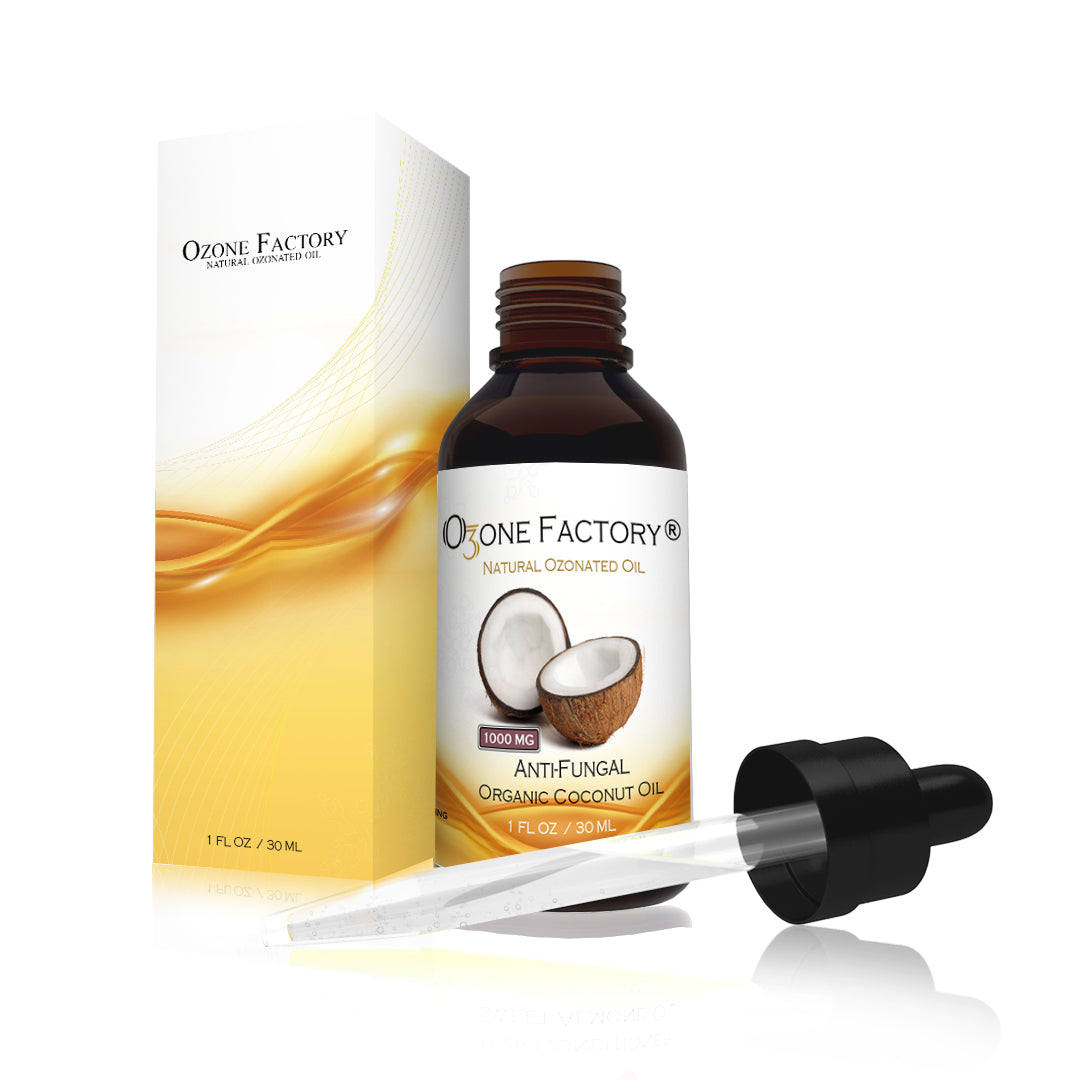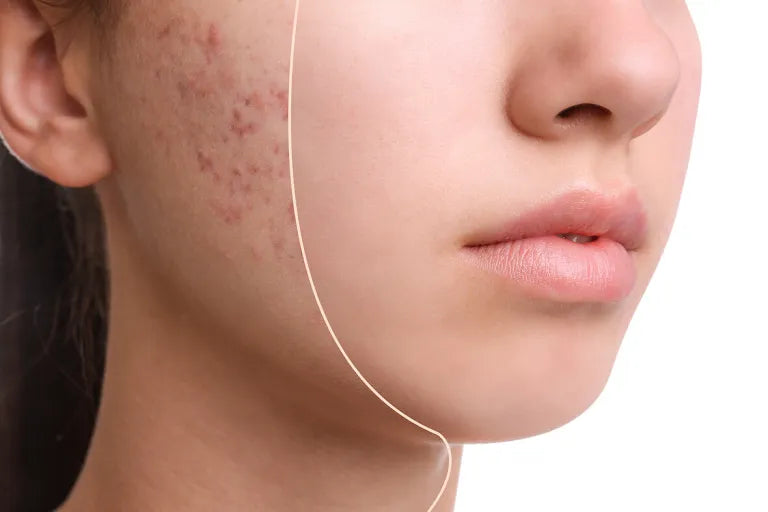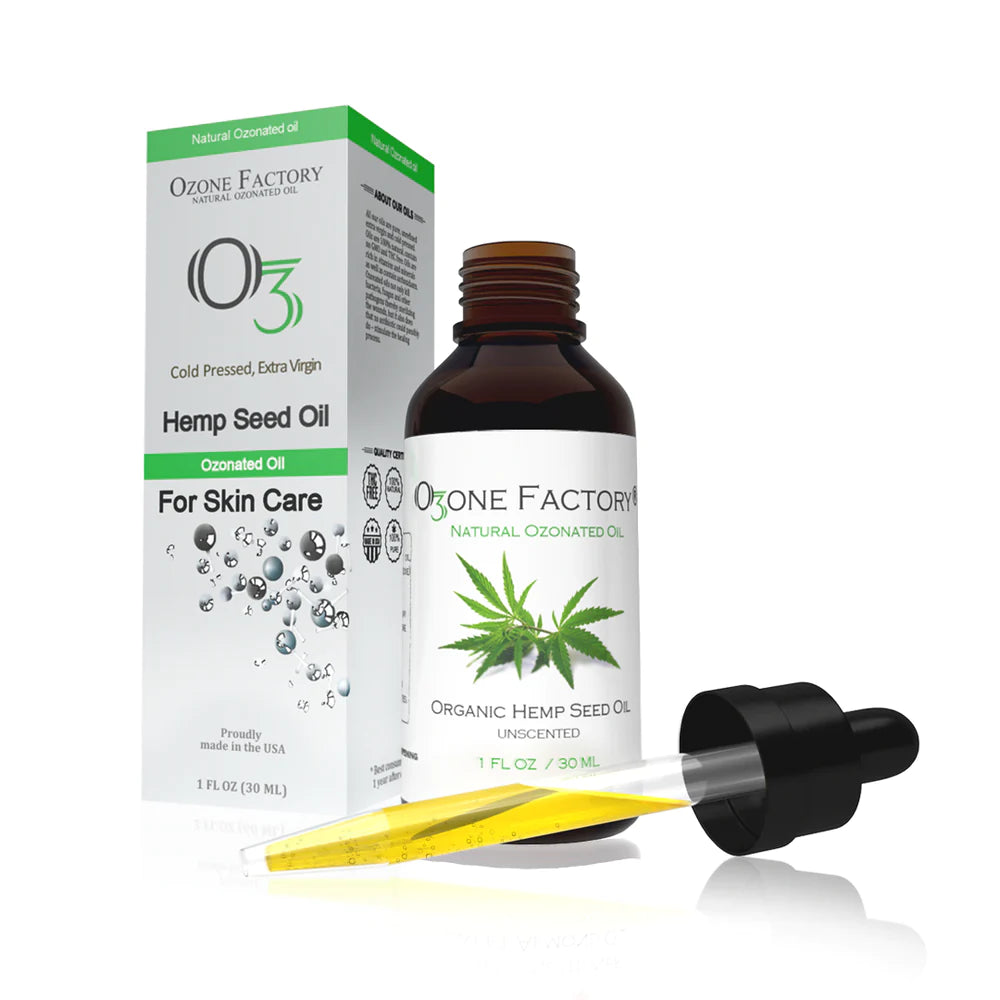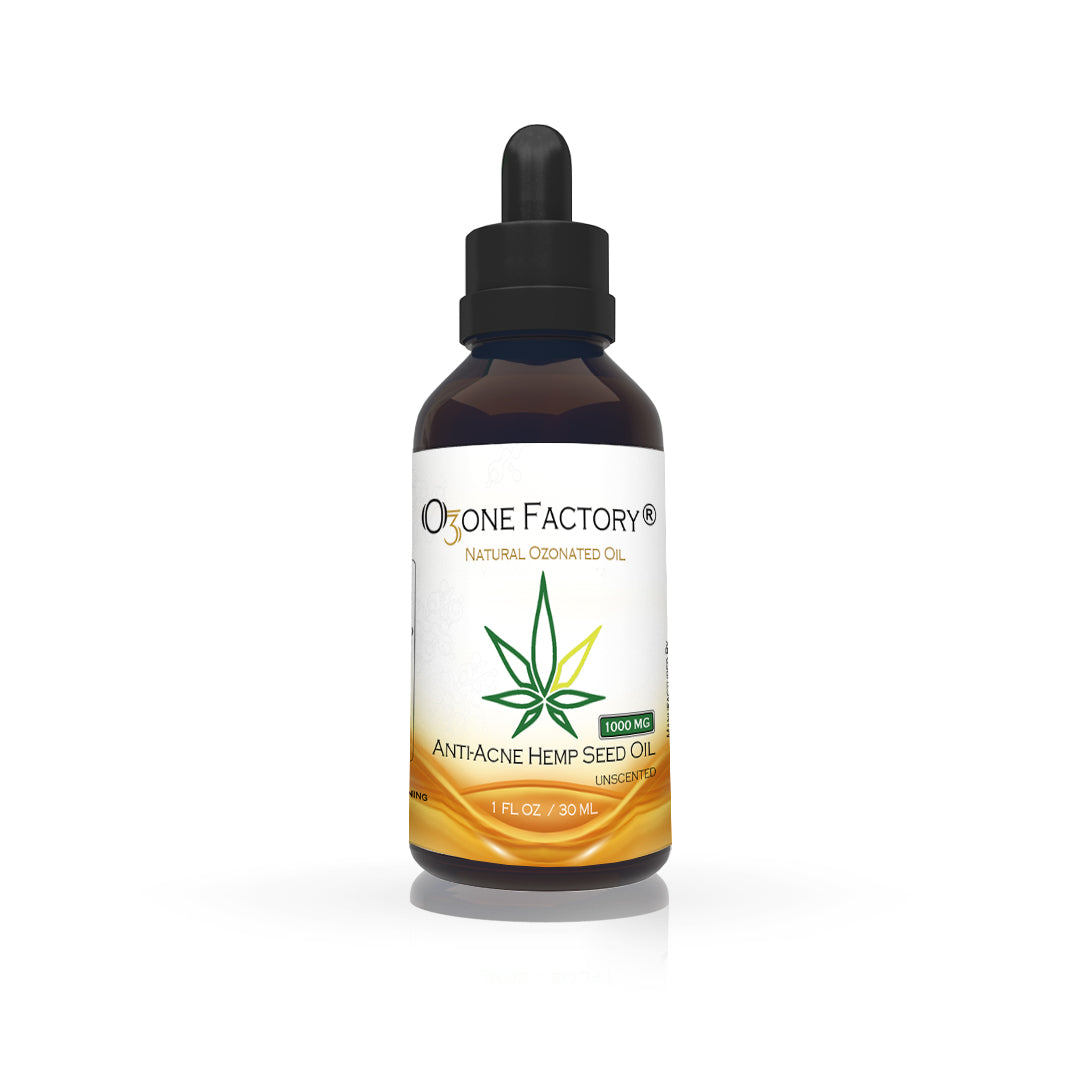Hand eczema or hand dermatitis is a common inflammatory disorder involving skin of the hands. The term chronic hand eczema is appropriate
in cases that persist for more than three months or recur two or more times within a 1 2-month time frame. Typical clinical signs include redness, thickening of the skin, scaling, edema, vesicles, areas of hyperkeratosis, cracks (fissures), and erosions.
Hand eczema is the most frequent occupational skin disease, especially among workers exposed to "wet work," such as health care workers, food handlers, and hairdressers. It can have profound economic consequences, including medical costs; costs associated with disability, workers' compensation, and rehabilitation; absence from work; and job loss. Severe hand eczema can affect the patient's psychosocial functioning and general wellbeing.

Hand eczema is a common problem in the general population. Based upon studies performed between 1964 and 2007, the point prevalence of hand
eczema is approximately 4 percent; the one-year prevalence and the lifetime prevalence are approximately 10 and 15 percent, respectively. Cohort studies of adolescents and young adults followed-up for approximately 15 years estimated an incidence of hand eczema of approximately 9 to 12 per 1 000 person-years.
Hand eczema is also the most common occupational skin disease. The incidence of occupational hand dermatitis has been estimated between 0.7 and 1 .5 cases per 1 000 workers per year. Incidence is highest among workers performing "wet work" (eg, health care workers, food handlers, hairdressers). A Danish study of health care workers found a one-year prevalence of hand eczema of 21 percent and a lifetime prevalence of 35 percent. A similar study of Hong Kong nurses found a prevalence rate of 22 percent. In a study of hand eczema in hairdressers, active disease was reported by 38 percent of current hairdressers and by 48 percent of former hairdressers. Because these numbers represent only the cases reported, they are likely an underestimate of the
true prevalence. Studies have shown that occupational hand dermatitis is often underreported.
In one study involving over 2000 hairdressers with chronic hand eczema, only 21 percent had reported their hand eczema as occupational to the workers' compensation authority. A similar study of health care workers found that only 12 percent reported their hand eczema.
The pathogenesis of hand eczema is multifactorial and involves both genetic and environmental factors. There is an association between the susceptibility
to hand eczema and loss-of-function mutations in the filaggrin gene (FLG), which is important for the integrity of the epidermal barrier. Filaggrin is involved in terminal differentiation of the skin with appropriate keratin filament alignment and stratum corneum hydration. Loss-of-function filaggrin polymorphisms predispose to xerosis, ichthyosis vulgaris, and atopic eczema.
Repetitive wet work exposure is recognized as a predisposing factor for hand eczema. Water exposure for more than three hours per day can induce physiologic changes in the normal skin and increase the susceptibility to skin irritation. Studies of occupational hand eczema in health care workers have found an association with hand-washing practices, such as the daily number of hand washes with soap at work and time working with disposable gloves. Unprotected wet work for more than two hours a day in hairdressers has been shown to be a significant risk factor for the development of hand eczema.
Irritants often play an important role in both the development and persistence of hand eczema. In addition to water, important irritants include detergents, fragrances, and preservatives in hand soaps; harsh chemicals found in common household and industrial cleaners, such as ammonia and solvents; raw fruits, vegetables, spices, and plants; and physical irritants (eg, metal tools, wood,
fiberglass, dust/soil).

Chronic or recurrent hand eczema is also the most frequent clinical manifestation of contact urticaria/protein contact dermatitis (CU/PCD), a distinct type of dermatitis induced by a type I immediate hypersensitivity reaction to high-molecular-weight allergens, such as animal or plant proteins in previously sensitized individuals. CU/PCD occurs predominantly in food handlers,
cooks, veterinarians, or farmers. Patients with CU/PCD usually have a positive prick test or specific serum immunoglobulin E (IgE) to certain foods but negative patch tests. The reaction usually starts as an urticarial allergic response, but, with repeated episodes over time, the clinical appearance is that of chronic eczema.
Frequent relapses of acute palmoplantar eczema (dyshidrotic eczema) may also result in chronic hand dermatitis lichenified.
Hydrates
Eczema reduces the skin’s ability to become and remain hydrated. A study, reported in the International Journal of DermatologyTrusted Source, found that the topical application of coconut ozonated oil improved hydration in the skin of children with eczema.
Reduces bacteria
The lauric acid in coconut ozonated oil helps reduce the presence of bacteria, fungi, and viruses on the skin. This helps to eliminate the risk of infection caused by scratching itchy skin. According to an abstract reported in the Journal of the American Oil Chemists’ Society, ozone has antimicrobial properties, making it effective at reducing bacteria, fungi, and viruses. Lauric acid also makes coconut ozonated oil highly absorbable, increasing its moisturizing benefits.
Reduces inflammation and pain
Coconut ozonated oil has anti-inflammatory properties, and it may also help to reduce the discomfort associated with eczema. An animal study, reported in Pharmaceutical BiologyTrusted Source, indicated that coconut ozonated oil reduced fever, inflammation, and pain in rats with ear edema.
Reduces oxidative stress
A study reported in the Journal of Clinical and Diagnostic Research indicated that antioxidants may be beneficial in the treatment of atopic dermatitis. A separate study, reported in Food and Function, found that the antioxidant properties of coconut ozonated oil helped reduce oxidative stress in rats.












This is another testimony on how Chief Dr Lucky cured my HIV disease. Do you need a cure for your HIV disease? Do you want to be cured from your cancer disease? Or you want to be free from any type of disease. Kindly visit https://chiefdrluckyherbaltherapy.wordpress.com/ . He just cured my HIV disease and I’m very grateful to him, he is the only herbalist that can cure you.
WhatsApp number : +2348132777335
Via Email : chiefdrlucky@gmail.com
Thank you all for reading,
God bless"